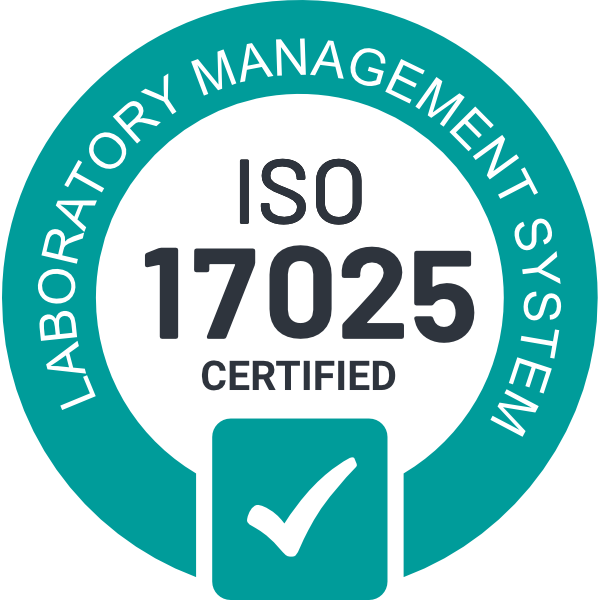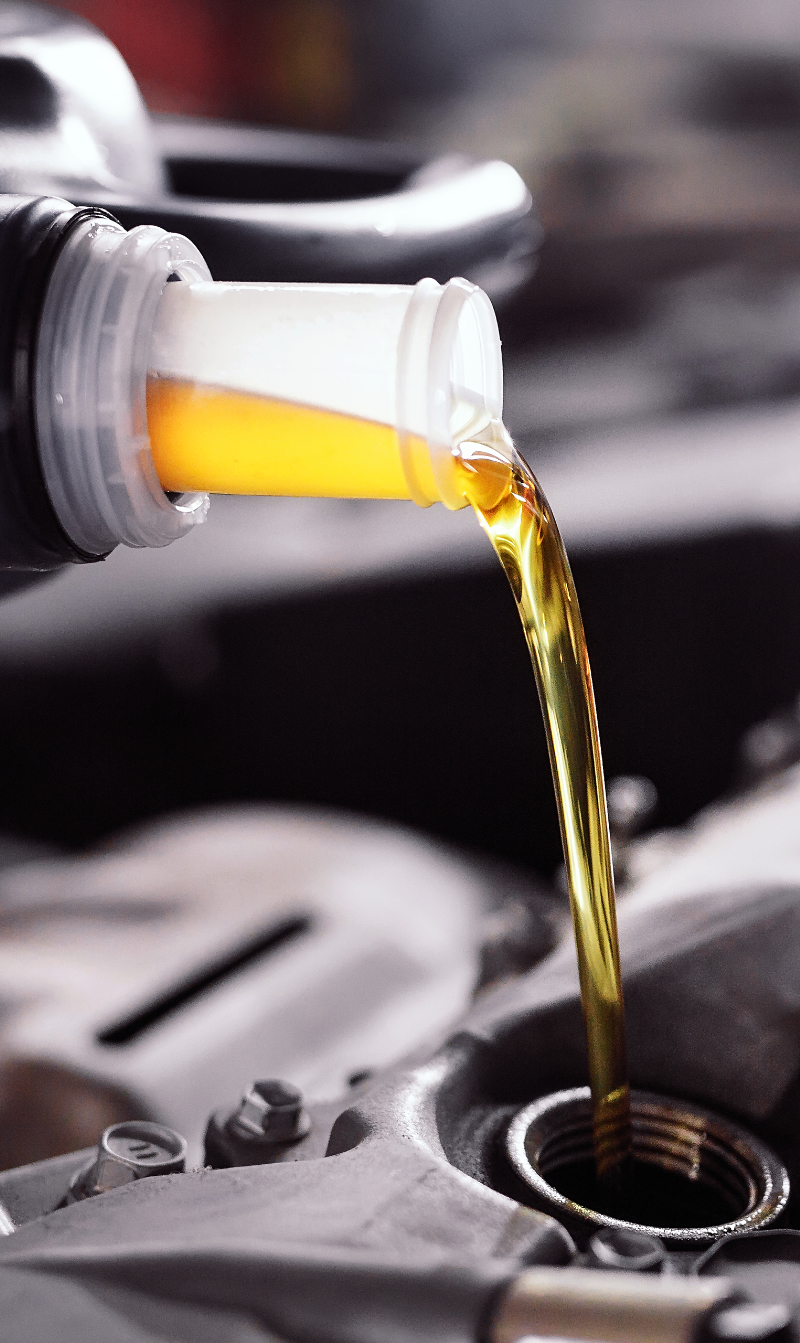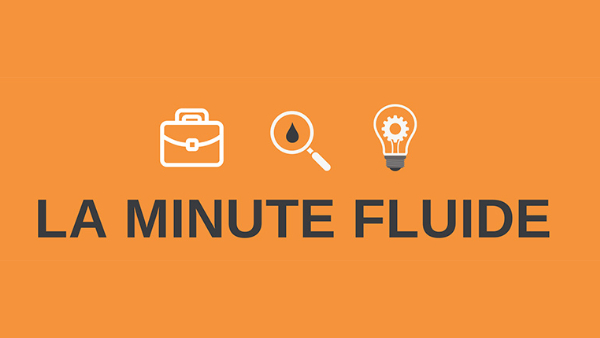Engine oil analysis
What are motor oils?
Engine lubricants, particularly oil, are used to reduce friction between moving parts, thus preventing wear.
In addition to lubricating,engine oil improves sealing and helps dissipate friction and combustion heat.
Derived from the refining of crude oil, motor oil must be analyzed regularly to ensure its condition and the proper operation of the equipment in which it is used.
What are we analyzing?
Eurofins IESPM analyzes new and used fluids.
Analysis of new oil or other new fluids is particularly recommended for professionals who receive and/or store large quantities of fluids (> to 200 Litres).
Analyzing new fluids (oils, greases, coolants, etc.) has the following advantages ..:
- check the product’s physico-chemical characteristics in relation to the product data sheet
- establish a reference basefor interpreting in-service fluid analysis results
Analyses and Checked Points
FOR NEW OILS
- Pollution
- Viscosity at 40°C and 100°C
- Additivation
- Alkaline reserve
- Flash point
- Consistency
- …
POLLUTION
- Insoluble
- Water content
- Particle size distribution of pollutants
- Viscosity
- Additivation
- Acid value
- Base index
- Spectrometry
- Ferrometry
- Particle size analyzer
- Microscopic analysis
- …
FOR ENGINES
Whenever an engine is running, the lubricating oil collects metal particles from moving parts and pollutants such as dust, water, fuel or coolant.
Regular ENGINE DIAGNOSTICS help to analyze mechanical behavior and prevent breakdowns and malfunctions. To this end, Eurofins IESPM has designed a special offer dedicated to the needs of professionals and private individuals.
ENGINE DIAGNOSTICS can be carried out on all types of vehicle (car, motorcycle, boat, camper van, airplane, etc.), on all types of engine (diesel, petrol, biofuels, LPG, AVGAS, kerosene, etc.) and on other components such as axles, gearboxes, subframes and so on.
As part of an engine diagnosis, we analyze, among other things:
- Oil viscosity and dilution with fuelby the fuel to determine its condition
- The presence of water and sodium in the oil to determine the condition of the cylinder head gasket
- The presence of metal particles to determine whether the engine is abnormally worn
- The presence of silica to check air filter condition
Our Quality Assurance



Equipment, Sampling Techniques, and Results Interpretation
As part of regular maintenance programs, Eurofins IESPM provides oil analysis for your engines:
- A plastic bottle (size according to equipment monitored and needs)
- A flexible syringe
- A vampire pump
- Mailing labels
- A mailing envelope
You've just received your engine oil test kit. The next step is to take a representative sample of engine oil before sending it to one of our analysis laboratories. Eurofins IESPM gives you its tips for safe sampling. If in doubt, contact your local mechanic.
IMPORTANT: Safety tips
- Always sample with the engine off.
- Wear long-sleeved clothing, safety gloves and safety goggles throughout the operation.
- Avoid prolonged contact between the fluid and the skin, and wash your hands after using the sampling kit.
- Once the operation is complete, return your waste and any unused volumes to an approved collection center.
There are two main sampling techniques:
- through the gauge well
- when draining
See below for more information
Once the sampling is done, you need to fill in the technical information regarding your sample. You can check out our dedicated article for tips on how to register a sample: Go to the page.
Before sending, remember to:
- Thoroughly clean the bottle to remove any liquid residue.
- Stick one of the two labels provided in the kit onto the bottle.
On the basis of the analysis results transmitted by our laboratory, our team of diagnosticians provides you with a detailed and reliable diagnosis of the condition of your engine oil and the wear level of your equipment.
We offer customized recommendations to support you in the condition-based maintenance of your mechanical equipment.
Example of diagnosis for new oils
Example of diagnostics for oils in service
REMOVE ENGINE OIL FROM DIPSTICK WELL
We recommend that you take the sample after a period of normal operation of your equipment.
- Remove the gauge, wipe it dry and place it on a clean surface. On some models, the dipstick tube runs alongside the exhaust manifold, which can destroy the sampling tube inside. In this case, sample at a lower temperature.
- Unwind the hose supplied in the sampling kit and straighten it.
- Cut it so that it is the same length as the dipstick (so that it pumps well into the middle of the oil charge).
- Connect the hose to the end of the syringe supplied in the kit.
- Insert the hose into the sump through the gauge well.
- Aspirate by pulling the plunger. (If the oil doesn’t come in, the hose is not in contact with the oil. Make ¼ turn or try a deeper position).
- Fill the syringe to 3/4 full, then discard the oil, which may be contaminated by residues collected in the dipstick well when the hose is inserted.
- Refill the syringe to 3/4 full, then pour the oil from the syringe back into the bottle.
- Repeat if necessary.
- Close the bottle and check that it is airtight by turning it upside down.
- Reposition the gauge.
REMOVE OIL DURING OIL CHANGE
Before you start, we recommend that you read the manufacturer’s user manual to check whether there are any recommendations to be followed when changing the oil.
Generally, is always carried out with the engine warm. This ensures that all particles and pollutants have been stirred into the engine. We therefore recommend sampling after a period of normal operation of your equipment.
- Start by carefully cleaning the drain plug and surrounding parts on the housing (dirt that falls into the bottle during sampling will interfere with the analysis results).
- Place a container (such as a bucket) under the drain plug.
- Gradually open the drain plug to obtain an even oil flow.
- Allow a little oil to drip off before sampling (count to 5 before inserting the bottle).
- Place the bottle under the stream of oil coming out of the crankcase (do not take oil from the bowl) and fill it, making sure to leave 1 cm of air.
- Close the bottle and check that it is airtight by turning it upside down.
- Close the housing.
CLIENT CASE STUDY
New engine failure
A vehicle breaks down after 3250 km after the engine has been replaced by a new one. During dismantling, the mechanic finds sludge…
SPECIAL REPORT
Rolling stock maintenance
Discover in our special report all the benefits of regular analytical monitoring of fluids and lubricants in use in your equipment.



